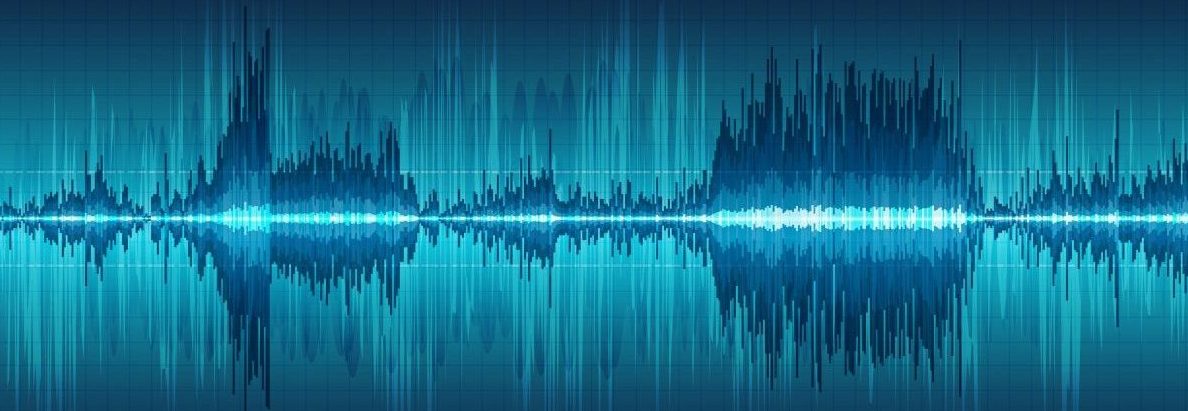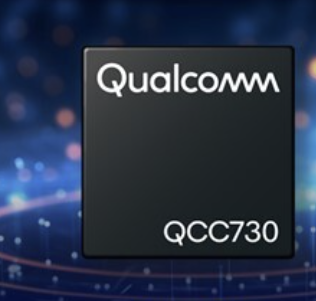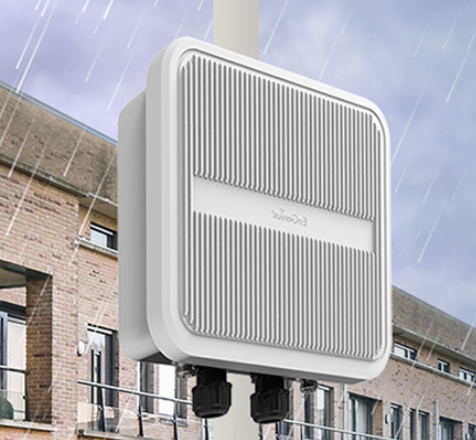
By Claus Hetting, Wi-Fi NOW CEO & Chairman
The FCC yesterday released its much-awaited ‘NPRM’ (Notice of Proposed Rule Making) outlining proposed rules for Wi-Fi operating in the 6 GHz band. This marks the beginning of a critical phase in a regulatory process aimed at making 6 GHz band available to Wi-Fi in the US perhaps by late 2019 or early 2020.
It has been clear for a few months now that the FCC intends to make the 6 GHz band available for Wi-Fi (unlicensed) use. Yesterday the US regulator took the next critical step on the path to making this happen by issuing a so-called NPRM document outlining the proposed rules for unlicensed use of the 6 GHz band. In particular the FCC is seeking comment on a range of issues relating to a new scheme for the protection of incumbent 6 GHz users.
In short the FCC wants to introduce four new unlicensed subbands aptly named U-NII-5 to U-NII-8. In the case of U-NII-5 and U-NII-7 (a total of 800 MHz) a new scheme called AFC (‘Automated Frequency Control’) will protect some incumbent 6 GHz users (mostly point-to-point microwave links) from harmful interference, the FCC says. In these two subbands the FCC wants to allow the operation of ‘standard-power access points’ equivalent to current rules for U-NII-1 and U-NII-3 subbands.
Four new subbands and (some) new rules
Meanwhile the U-NII-6 and U-NII-8 subbands (a total of 350 MHz) should only be used indoors, says the FCC. The use of these two bands will also only be permitted at low power levels equivalent to those of the current U-NII-2 band. The idea is that such restrictions will be sufficient to protect fixed microwave links, mobile stations, and some satellite incumbent users in these bands.
The exact subband structure would then look like this:
- U-NII-5: 5925-6425 MHz (standard power levels, AFC applies)
- U-NII-6: 6425-6525 MHz (low power, indoor only)
- U-NII-7: 6525-6875 MHz (standard power levels, AFC applies)
- U-NII-8: 6875-7125 MHz (low power, indoor only)
“The Commission tentatively concludes that this two-class approach can expand unlicensed use without causing harmful interference to the incumbent services that will continue to be authorised to use this spectrum,” the FCC says in the document. The U-NII-5 band is also currently under study by the European Commission as a candidate for expansion of Wi-Fi bands in Europe.
Next steps: A lot of work
The biggest obstacle to 6 GHz Wi-Fi will likely be working out and agreeing on all the details of the newly proposed AFC function. The FCC says that it ‘envisions the AFC system to be a simple database that is easy to implement’ but Wi-Fi industry experts will have their work cut out for them in coming months answering the FCC’s litany of AFC-related questions. Interested parties have until February 15 to submit comments and answers in response to the NPRM.
The FCC’s 6 GHz report and order – meaning the final and conclusive release of the 6 GHz band for use by Wi-Fi and other unlicensed technologies including the rules governing their operation – is by many expected to happen in early 2020 or perhaps as early as late next year.
/Claus.









